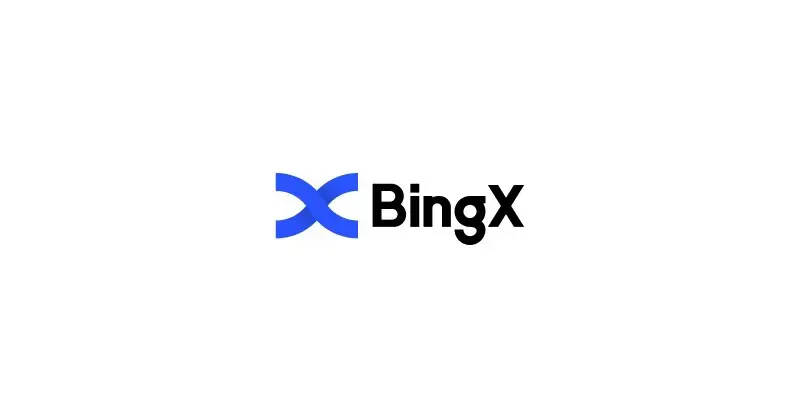In a rapidly evolving media landscape, digital giants and traditional news outlets are seeking innovative ways to collaborate and adapt. Google, a powerhouse in the tech world, recently made headlines by signing a substantial contract with one of the most esteemed newspapers globally, The New York Times. The agreement, reportedly valued at $100 million, is poised to reshape the media industry, touching upon themes of sustainability, digital transformation, and the future of journalism. This exclusive analysis dives deep into the dynamics of the Google-New York Times deal, the motivations driving this partnership, the potential benefits for both parties, and the wider implications for the media landscape as a whole.
I. The Convergence of Tech and Media:
As technology continues to redefine traditional industries, collaborations between tech giants and media outlets have become increasingly common, reimagining the ways news is consumed and disseminated.
II. Google’s Role in the Media Ecosystem:
Digital Advertising Dominance: Google is renowned for its online advertising platforms that significantly shape the digital marketing landscape.
News Aggregation: Google News aggregates headlines from various sources, playing a central role in news consumption.
III. The New York Times’ Legacy and Position:
Journalistic Excellence: The New York Times has a storied history of delivering high-quality journalism and insightful reporting.
Digital Transition: The newspaper has successfully navigated the digital transformation, embracing online platforms to reach global audiences.
IV. The Significance of the Deal:
Monetary Value: The reported $100 million contract marks a significant investment by Google in supporting quality journalism.
Sustainable Journalism: The deal aims to bolster the financial sustainability of The New York Times, potentially leading to further investigative reporting.
V. Motivations for Google’s Investment:
Quality Content: Google recognizes the value of high-quality journalism in maintaining user engagement and relevance.
Enhancing Google News: The partnership could potentially lead to curated news offerings on Google platforms, offering users more trusted sources.
VI. Benefits for The New York Times:
Financial Boost: The substantial injection of funds can contribute to the newspaper’s financial health and ability to sustain rigorous reporting.
Innovation and Experimentation: The partnership may open doors for The New York Times to experiment with new storytelling formats and platforms.
VII. Implications for the Media Landscape:
Shifting Revenue Models: The partnership highlights the growing importance of collaborations in sustaining traditional news outlets.
Tech-Media Synergy: The convergence of technology and media is likely to continue reshaping news consumption and distribution.
VIII. User Experience and Trust:
User-Centric Approach: Both Google and The New York Times share a commitment to delivering meaningful experiences to their users.
Trustworthiness and Credibility: The partnership may emphasize the importance of credible sources, combating misinformation.
IX. The Road Ahead:
As the partnership unfolds, it holds the potential to set a precedent for other collaborations between tech giants and media organizations.
Conclusion:
Google’s groundbreaking partnership with The New York Times underscores the pivotal role of collaboration in shaping the future of media. This landmark deal, valued at $100 million, symbolizes the recognition of the intrinsic value of quality journalism in a digital age marked by information overload. The collaboration not only benefits The New York Times in terms of financial stability and innovation but also aligns with Google’s commitment to supporting credible sources of information. As both entities work hand in hand to provide users with reliable news and insights, this partnership sets a standard for responsible collaborations in the tech and media spheres. The ripple effects of this deal are likely to be felt across the industry, encouraging further explorations of partnerships that bridge the gap between technology and quality journalism for the betterment of society as a whole.











